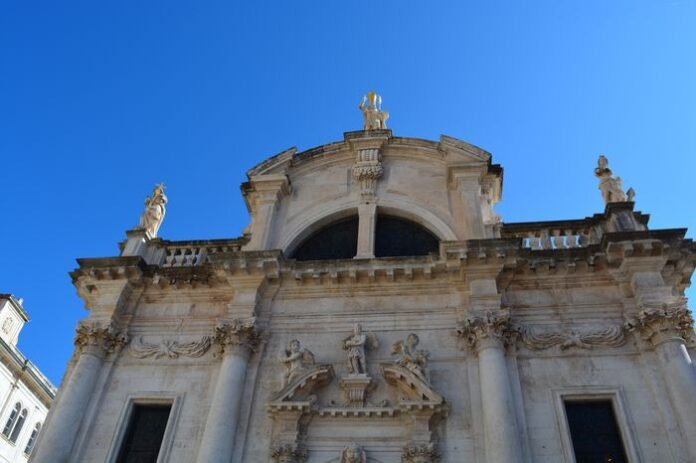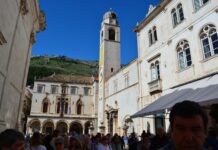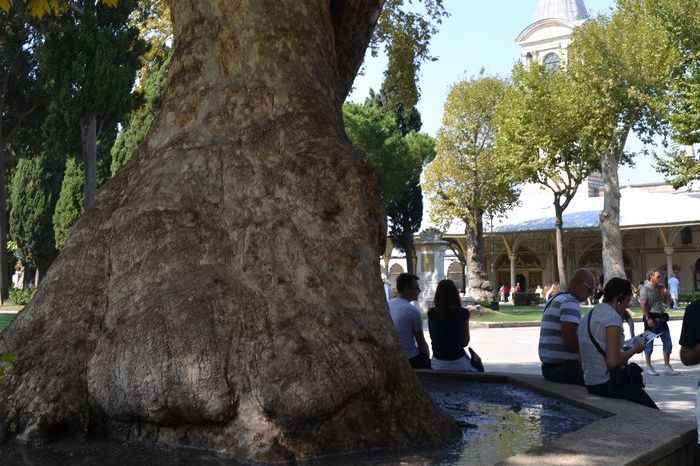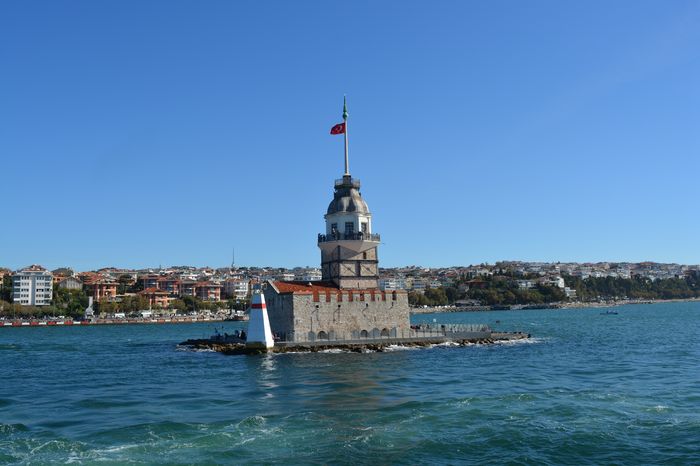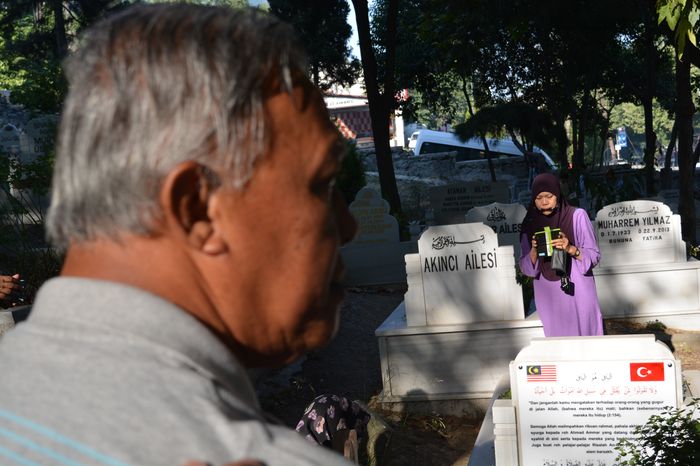It is important to remember that a great capital cannot be built overnight. Turning Byzantium into Constantinople, a city worthy of being the new Roman capital, required years of effort and a huge workforce.
Emperor Constantine started many of the important projects, but he could not finish them all. His son Constantius had to complete the city walls. Later, Julian had to build a second harbour along the Sea of Marmara to improve the city’s trade and defense Citizens Had a Duty to Build the Walls.
Valens and the Aqueduct
One of the most important contributions was made by Emperor Valens, who improved the city’s water supply. He built a huge aqueduct that still stands today, stretching between the Fourth and Fifth Hills of Constantinople.
This was not a small job. When repairs were needed in the 9th century, 6,000 workers had to be brought in from across the empire. That shows how large and complex these public works were.
The Theodosian Dynasty and City Expansion
The real transformation of the city came during the reign of the Theodosian dynasty. Many of the public spaces and buildings listed in the Notitia (an important ancient document describing the city) were built during this time.
Under the rule of emperors like Theodosius the Great, Constantinople became a truly magnificent capital Guided Sofia Tour.
A Glowing Description from Themistius
The philosopher and orator Themistius, who lived through this period, described the city’s transformation with excitement and pride. He said that there was no more empty land in the city. Buildings now filled every part of it, like a beautifully woven robe covering the entire area.
Instead of just scattered beauty, the whole city now looked splendid. There was a new Forum, luxurious Baths, covered Porticoes, and Gymnasiums. What was once the far edge of the city had now become its center.
A City of Craft and Culture
According to Themistius, the homes of the wealthy had become larger and more luxurious, and the suburbs had grown. The city was filled with builders, architects, artists, and craftsmen of all kinds. He called Constantinople a true “workshop of magnificence.”
A Prophetic Vision of a Greater City
Themistius also predicted that if this growth continued, the city would eventually outgrow its walls again. He wondered whether the new parts of the city added by Theodosius were even more impressive than the original areas built by Constantine.
This vision would eventually come true, as Constantinople continued to expand and shine as one of the greatest cities in history.
